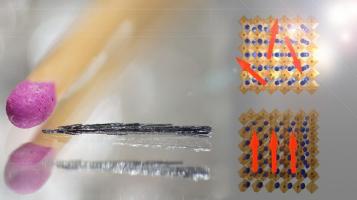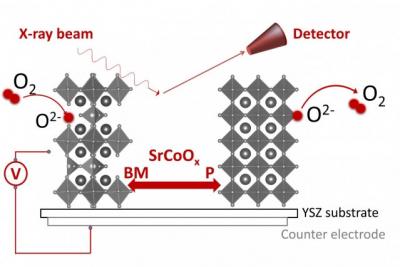imec to assist 4DS Memory in developing a process for its perovskite-based RRAM memory
Australia-based RRAM developer 4DS Memory announced that it has signed an agreement with Belgium-based imec to develop a transferable manufacturing process for its technology. As part of the agreement the two parties will demonstrate the process with a 1Mbit test chip.
The 4DS memory cell is constructed using an advanced perovskite material, which has the same crystal structure as the inorganic compound calcium titanium oxide. The cells have no filaments and are so claim to be easier to scale compared to filamentary RRAM.

 US-based RRAM developer 4DS Memory announced that it developed a working 40nm
US-based RRAM developer 4DS Memory announced that it developed a working 40nm 

